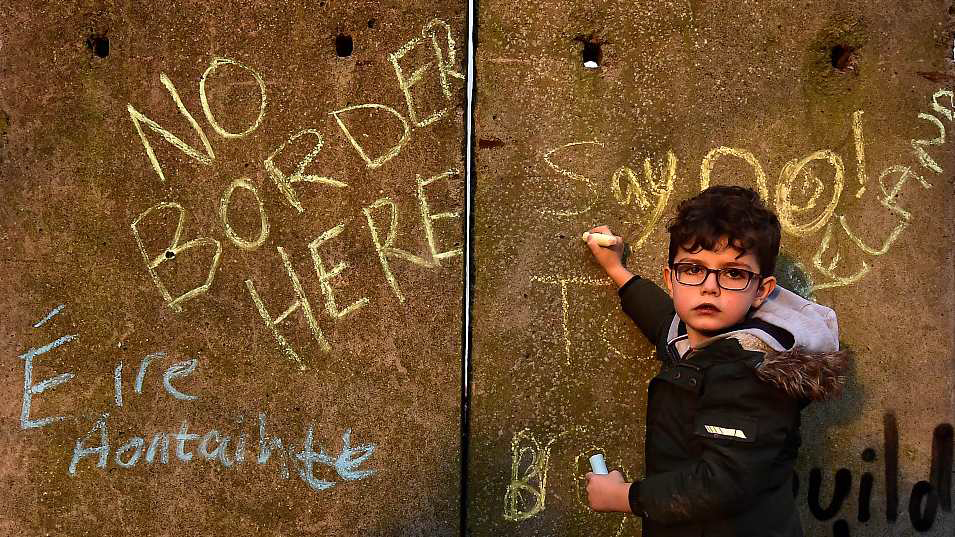
Europe
16:57, 08-Feb-2019
Brexit deadlock: What is the Irish backstop?
By Wang Tongxuan
02:02

Since the UK voted to leave the European Union (EU) in 2016, the Irish backstop remains a sticking point in the Brexit impasse.
The term "backstop," in short, means an insurance policy to keep Europe's new land border with the UK just as it is today - invisible.
The UK includes England, Scotland, Wales and Northern Ireland. Unlike the rest of the UK, Northern Ireland shares a land border with the Republic of Ireland, which is an EU member. After Brexit, the EU would in effect, be leaving its back door open. But no one wants a hard border that is controlled by guards and customs posts.
Therefore, UK Prime Minister Theresa May came up with an alternative plan that she calls the "Irish backstop."
It would kick in at the end of the transition period in 2020, and remain until the UK and the EU think of a better way to control the border.
May also suggested the UK stay in the Customs Union until something else has been sorted out. But then the UK would be forbidden from making trade deals with the rest of the world, which is the whole point of Brexit. And looming over all of this are difficult memories from the 1970s, 80s and 90s, a time of civil war known as "the Troubles."
A peace agreement in Northern Ireland in 1998 required the removal of all border controls, and that's the reason for the backstop. The backstop itself says, "Even if the EU and UK can't agree on their new relationship, the border stays open."
But many fear if Northern Ireland has separate customs rules from the rest of the UK, the peace agreement will be shattered, and "the Troubles" will return.

SITEMAP
Copyright © 2018 CGTN. Beijing ICP prepared NO.16065310-3
Copyright © 2018 CGTN. Beijing ICP prepared NO.16065310-3